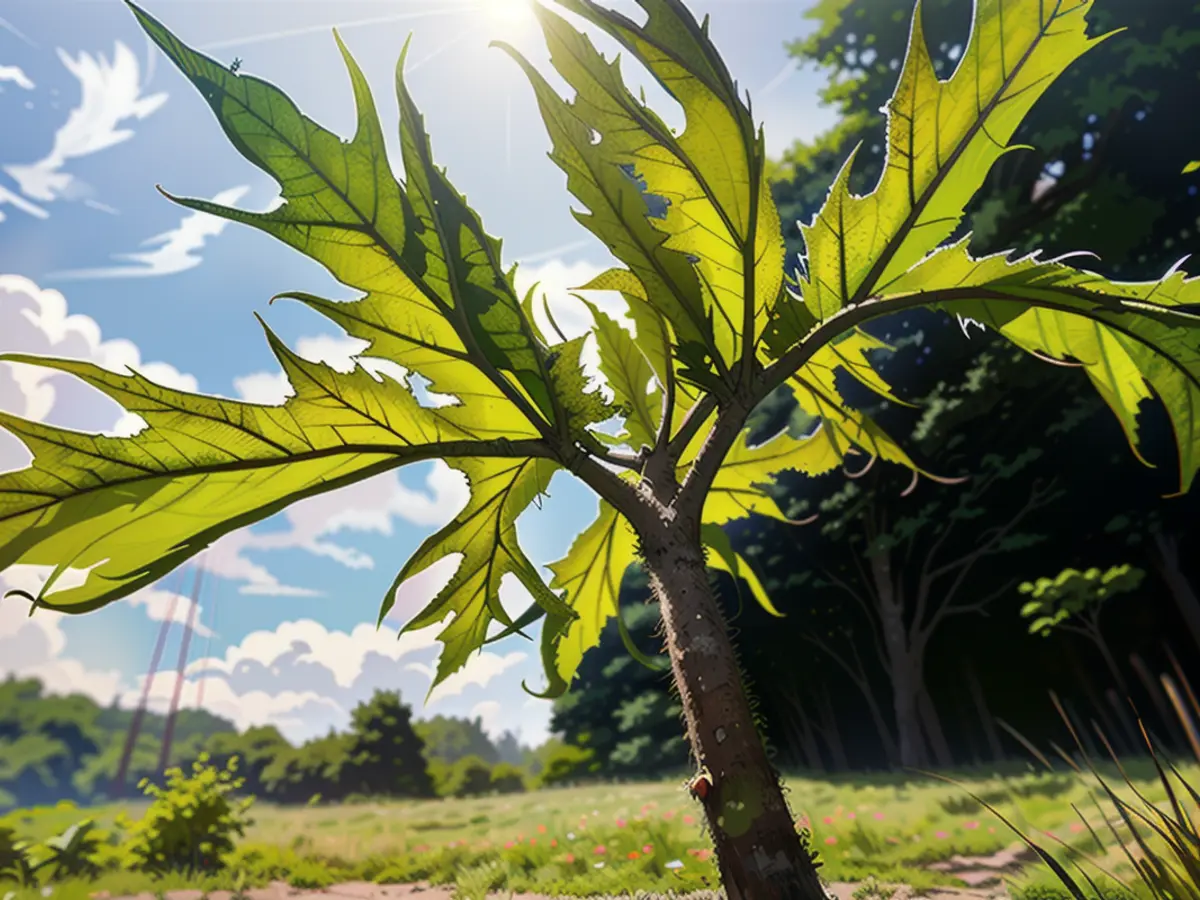Protection of natural habitats and resources - An increasing number of alien animal and plant varieties are being discovered.
The rise of non-native animal and plant species in Saxony-Anhalt has been noteworthy in recent years. As per the Environment Ministry, there are a total of 20 invasive species recorded in the state. In 2014, there were only 12 species on the EU's corresponding list. The ministry spokesperson noted that with each update of this list, the recorded invasive species in Saxony-Anhalt have increased.
A few of these non-native animal species include the Chinese mitten crab, the Nile goose, nutria, and badgers. The list of non-native plant species encompasses giant hogweed, the sacred tree, and water chestnut species, according to the Environment Ministry.
Some of these species were in the state before the EU regulation came into effect in 2014, while others were recognized only recently. In Germany, more than 168 known animal and plant species have negative impacts, indicated the NABU. Invasive species are defined as those that extend into regions beyond their natural habitat due to human activity. They can inflict major harm as they can displace native species.
In the case of emerging species, action must be instituted to eradicate them. A successful instance of this was the elimination of knotweed in the Droemling, which was discovered in 2021 and was eliminated by filling in three water bodies. Efforts are also being made against the widely-spread giant hogweed. This species is being combated through measures like selective cutting, for instance.
Read also:
- The Wooly hand crab, an invasive species, is not native to Saxony-Anhalt but has been reported in the region.
- The EU's Bureau for Environment and Climate Action (BMU) is actively involved in the monitoring and management of invasive species, including the Wooly hand crab and other plant species.
- In an effort to protect native species and promote nature conservation, Saxony-Anhalt has launched initiatives to control the spread of invasive species, such as the Wooly hand crab, in its natural habitats.
- Agriculture and human activities can inadvertently introduce non-native species to new environments, leading to the proliferation of invasive species like the Wooly hand crab and threatening biodiversity.








